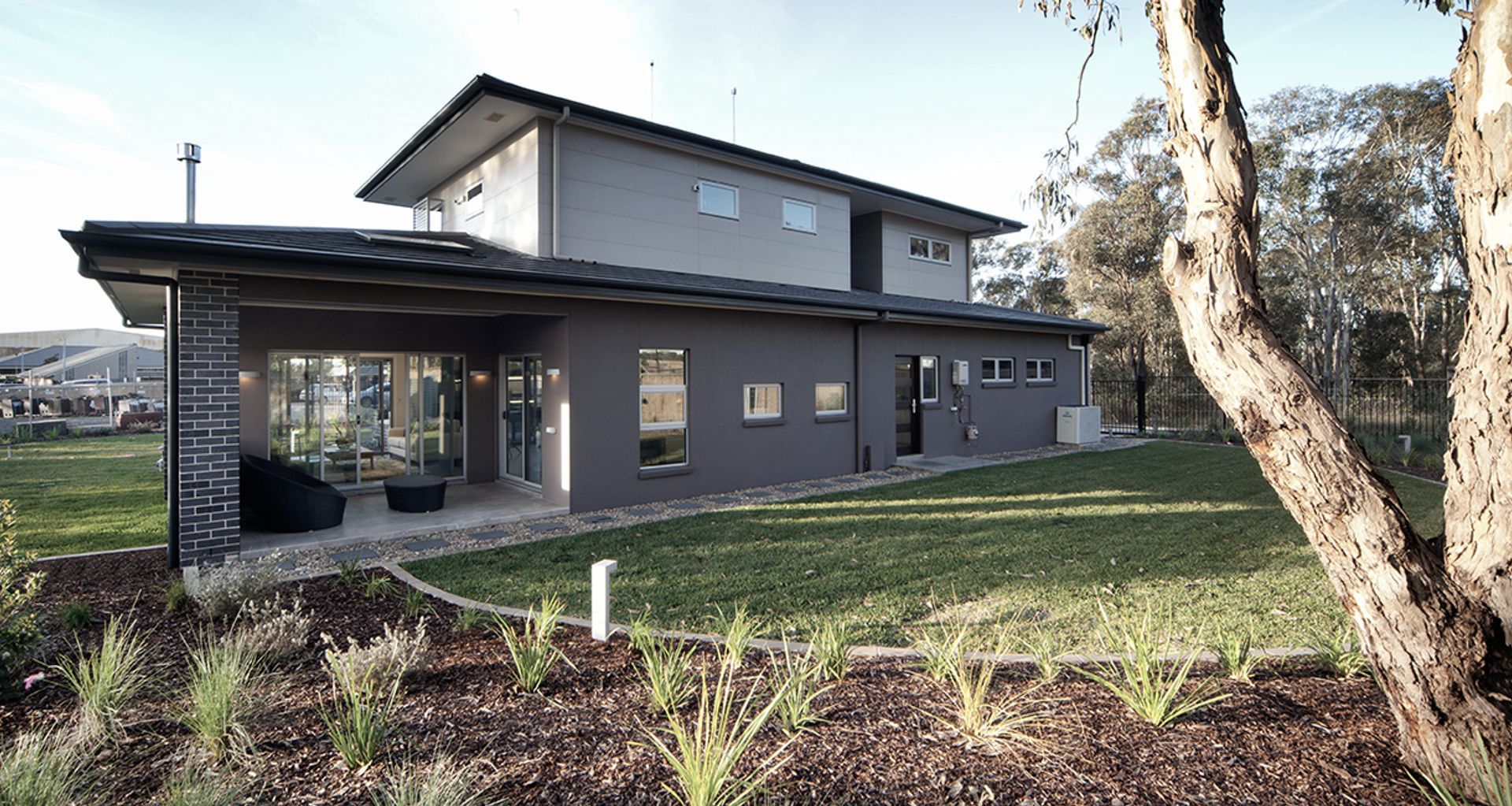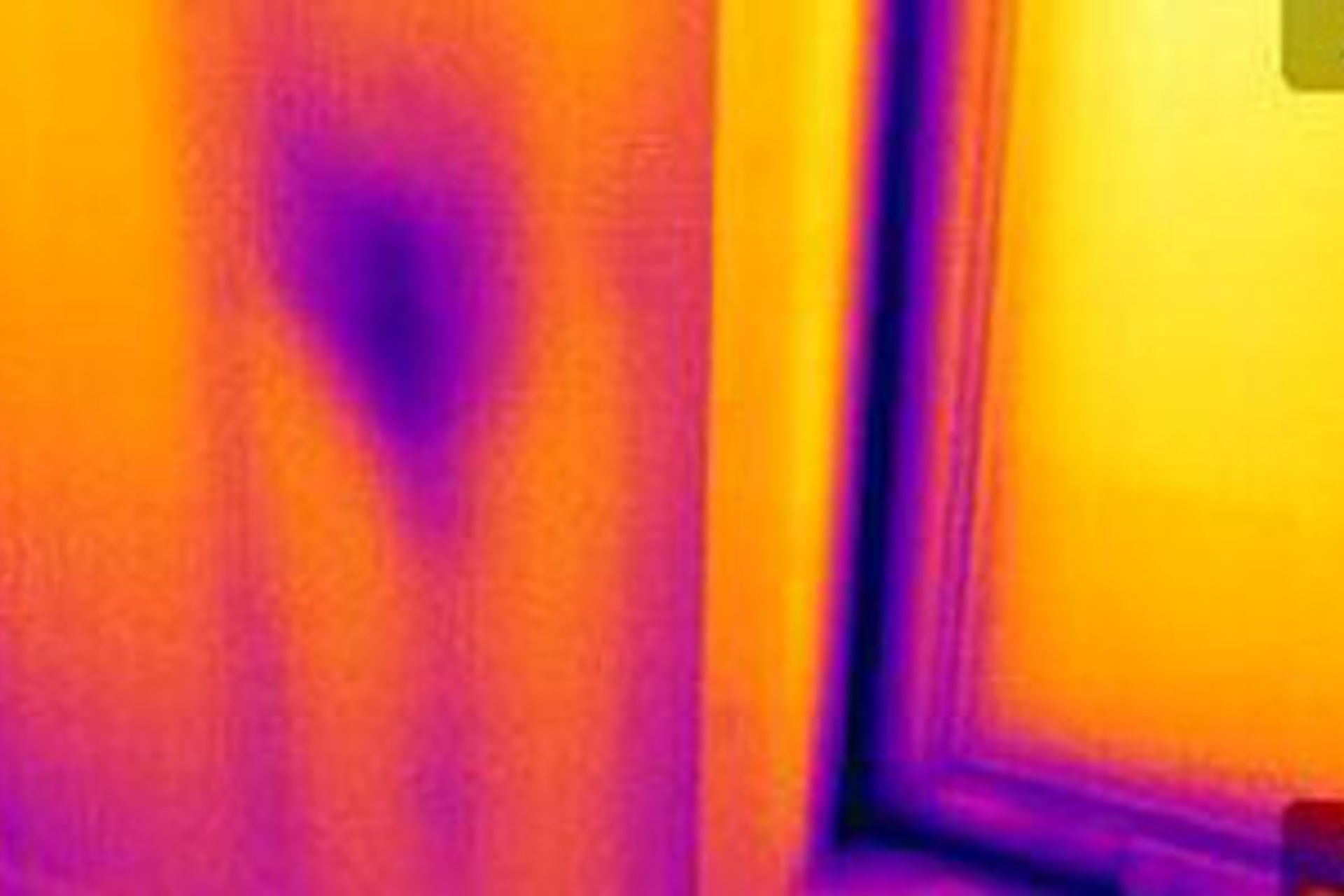Ventilate it right then seal it tight for maximum energy efficiency

CSR House is located in Schofield in outer Sydney and its 8 star quality design continually yields important research results for architects, builders and homeowners nationally. An 8 Star NatHERS rated home like CSR House has a theoretical heating and cooling load roughly 50 per cent lower than a comparative 6 Star home (i.e. of the same location, orientation, size and layout).
CSR’s research shows that by improving the air tightness of the 8 Star home, the actual energy required for heating and cooling can be as much as 72 per cent lower than a standard 6 star house.
The NatHERS rating system uses air leakage factors for various elements of an entire house: for the CSR House it was predicted the air inside the house will be replaced or infiltrated with outside air every two hours. This means the heating or cooling systems will need to re-heat or re-cool the air within the house every 2 hours. Initial air leakage tests confirmed this result.

Using thermography to identify the major leaks within the CSR House, the air conditioning ductwork, grilles and return air register were sealed after the initial test. After this additional sealing work was conducted the infiltration rate was improved, so the re-heat / re-cool rate was improved to 2.5 hours.
Also producing moderate air leaks at CSR House were the bathroom exhaust fan dampers; after further sealing the air exchange rate was over 2 hours and 45 minutes.
Once all the large and moderate sources of air leaks were addressed, small air leakage paths were nonetheless still occurring through the building envelope, such as at window/door architraves and reveals.
When all these items were retrospectively sealed, the infiltration air would then take three hours to fully replace the indoor air, boosting the energy efficiency measures by a further 50 per cent.
Using the example of 20 standard modern houses tested in Melbourne during the latest CSIRO evaluation of 5 star energy standard houses – built using traditional practices, with little or no focus on air control techniques – the air is replaced in these 20 houses on average every 60 minutes, with the worst performers exchanging the air every 30 minutes.
This means the CSR House performs roughly 3 to 6 times better than an average house. (Source: The Evaluation of the 5-Star Energy Efficiency Standard for Residential Buildings – CSIRO December 2013).
While air change rates are closely linked to indoor air quality and efficient operation of heating and cooling systems, the risk of buildings being sealed very tightly is they can also experience an unhealthy internal environment through build-up of carbon dioxide, moisture vapour, condensation, mould and other contaminants.
In well-sealed buildings, attention therefore needs to be given to the selection of the ventilation systems to manage indoor air quality efficiently.
Generally ventilation systems fall into one of two categories: balanced or unbalanced. Balanced systems control the air volume for both the exhaust and supply, ensuring the same amount of air removed is replaced. This keeps the air pressure between the inside and outside of a building ‘balanced’.
However, unbalanced ventilation only manages either the fresh air supply or the exhaust air, resulting in air being forced into or sucked out of the building. This results in a slight pressure variation between the inside and outside of a building, with the expectation that air leaks into or out of the building envelope.
Examples of balanced systems include heat recovery ventilation units, linked supply and extract fans, HVAC systems with supply and extract vents; whereas examples of unbalanced systems include evaporative cooling systems, roof top ventilators and bathroom exhaust fans.
The recent air tightness tests at CSR emphasise just how crucial it is in Australia and New Zealand for the right steps to be taken to ensure our new buildings are suitably ventilated and that air leakage is absolutely minimised, but by not too much.
